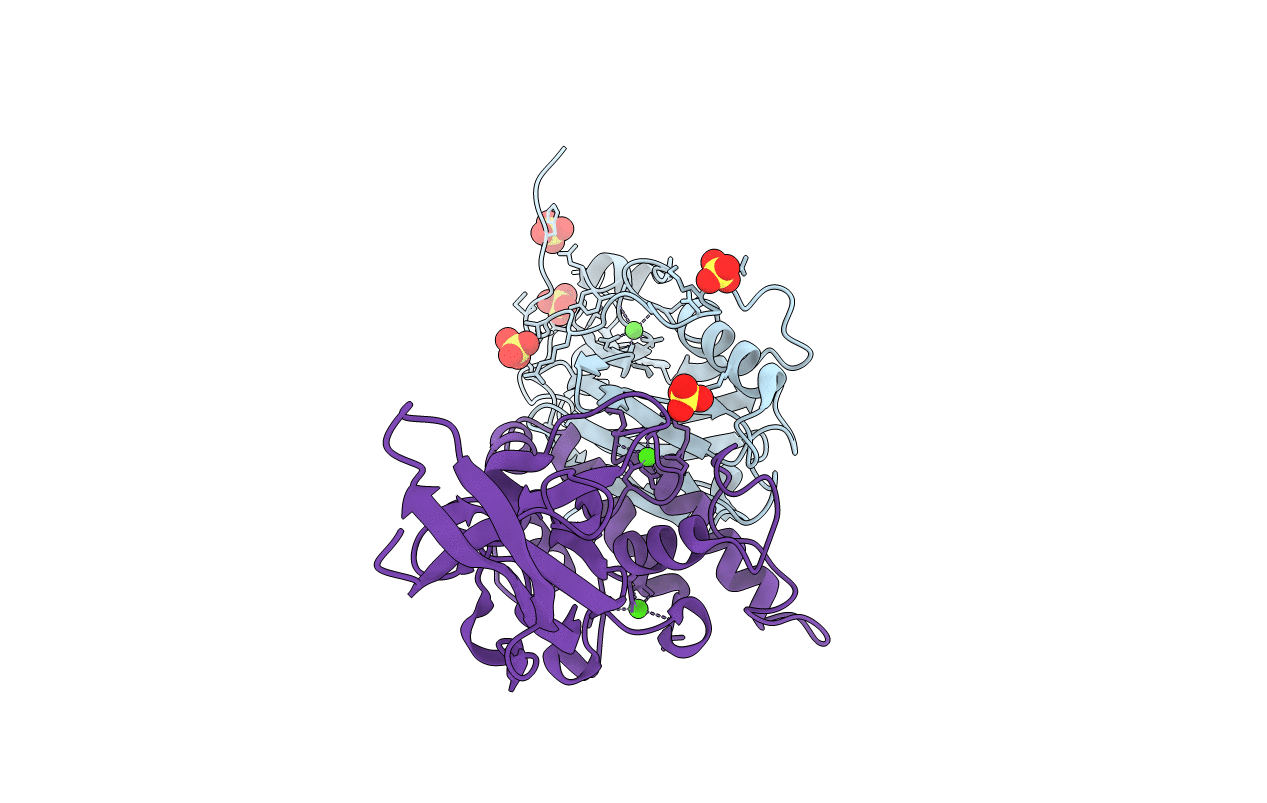
Deposition Date
2013-01-19
Release Date
2013-04-24
Last Version Date
2024-10-30
Entry Detail
PDB ID:
4IU2
Keywords:
Title:
Cohesin-dockerin -X domain complex from Ruminococcus flavefacience
Biological Source:
Source Organism:
Ruminococcus flavefaciens (Taxon ID: 1265)
Host Organism:
Method Details:
Experimental Method:
Resolution:
2.00 Å
R-Value Free:
0.19
R-Value Work:
0.15
R-Value Observed:
0.15
Space Group:
P 43 21 2


